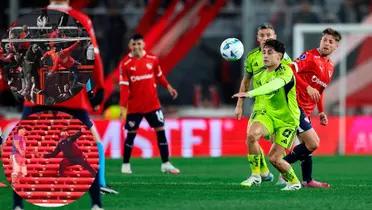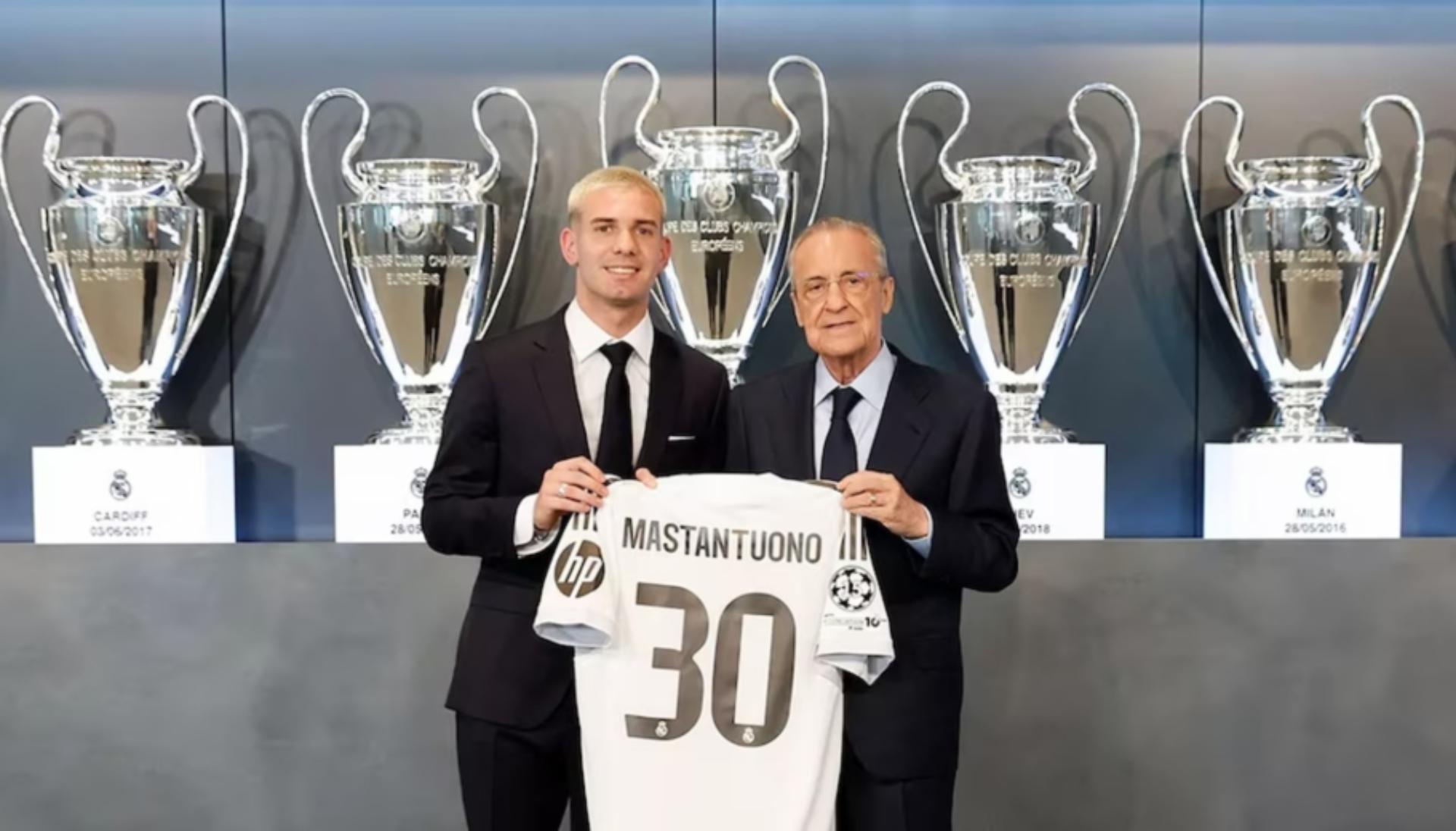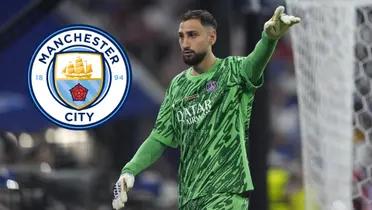Leaked: The Truth About Erling Haaland's Injury and Recovery Time
Erling Haaland, Manchester City's star striker, was forced to leave the field during yesterday’s match after sustaining a knee injury

Erling Haaland, Manchester City's star striker, was forced to leave the field during yesterday’s match after sustaining a knee injury. The injury raised immediate concerns among fans and pundits, but Manchester City manager Pep Guardiola provided some much-needed reassurance after the game. Here's everything we know about Haaland's injury, including potential recovery time and what it means for his performance.
Haaland’s Knee Injury: What Happened?
In the match against [opponent's name], Haaland had to be substituted after experiencing discomfort in his knee. Initial reports suggest that the injury may be a hyperextension/varus stress, which typically occurs when the knee is pushed too far beyond its normal range of motion. This can put the ligaments and other structures surrounding the knee at risk, leading to concerns about more severe injuries.
Hyperextension and Varus Stress: What Are They?
- Hyperextension refers to the knee bending backward beyond its normal limit. This can cause strain or damage to the ligaments, tendons, and other tissues in the knee.
- Varus stress occurs when there is inward pressure on the knee joint, often resulting in a misalignment that can affect the ligaments and bones around the knee.
While these conditions can be worrying, the good news is that the injury does not appear to be severe.
Pep Guardiola’s Reassurance on Haaland’s Injury
After the match, Pep Guardiola addressed the situation and attempted to calm any nerves surrounding Haaland’s health. The Manchester City manager stated, “I didn’t speak to him or the doctors but the doctors didn’t come with bad news so hopefully he is fine.” Guardiola’s comments are likely to put City fans at ease, as it suggests that the injury may not be as serious as initially feared.
Positive Signs: What We Know So Far
- No “Bad News” from Doctors: Guardiola’s remark that the doctors didn’t bring bad news suggests that there is no immediate cause for alarm.
- Haaland Walked Off the Field: One of the most positive signs is that Haaland was able to walk off the field under his own power. This generally indicates that the injury is not as severe as it could have been.
What Could Haaland’s Injury Be?
Based on expert analysis, it is most likely that Haaland’s knee injury is a capsule sprain or bone bruise. These types of injuries are typically less serious and usually require minimal recovery time. However, there are some concerns about potential damage to the Lateral Collateral Ligament (LCL) or Posterior Cruciate Ligament (PCL).
Capsule Sprain and Bone Bruise
A capsule sprain occurs when the joint capsule, which surrounds the knee, is stretched or torn. A bone bruise refers to a deep bruise in the bone, often caused by impact or trauma. Both injuries are typically less severe but can still cause pain and discomfort.
Concerns About LCL and PCL
While the LCL and PCL are important ligaments in the knee, there is currently no strong evidence to suggest that Haaland has sustained any damage to these structures. The doctors’ positive report and Haaland’s ability to walk off the pitch indicate that a serious injury to these ligaments is unlikely.
Potential Recovery Time for Haaland
If Haaland’s injury is indeed a capsule sprain or bone bruise, the recovery time is expected to be relatively short. In most cases, players can return to action within a week or less. This is a promising outlook for Manchester City, as Haaland’s absence would be a significant blow to the team’s offensive line.
Recovery Timeline: What to Expect
- Capsule Sprain/Bone Bruise: Recovery usually takes less than a week, with rest and physiotherapy playing a key role in the healing process.
- LCL/PCL Injury: If there were any concerns about damage to the LCL or PCL, recovery could take a little longer, but again, this seems unlikely based on the initial reports.
How Accurate Are Knee Tests?
Fortunately, knee tests are often highly accurate in determining the severity of injuries. Medical professionals can perform a range of tests to rule out major ligament tears or fractures. Given that Haaland walked off the pitch without significant trouble, it seems that the injury is not as severe as initially feared.
Common Knee Tests for Footballers
- MRI Scans: MRI scans are often used to assess damage to ligaments, cartilage, and bones in the knee. They are considered highly accurate for diagnosing serious injuries.
- Physical Exams: Doctors often perform physical tests, such as the Lachman test, to assess the stability of the knee and determine if any ligaments are damaged.
Haaland’s Injury Shouldn’t Cause Major Worry
Erling Haaland’s knee injury appears to be a relatively minor concern, with no major damage to the ligaments or bones around the knee. While the hyperextension and varus stress that caused the injury can be concerning, the initial medical reports suggest that Haaland will likely be back on the pitch in no time.
Manchester City fans can breathe a sigh of relief as Pep Guardiola’s reassurances and Haaland’s ability to walk off the pitch point to a quick recovery. However, it’s still essential to monitor the situation, as further tests may be needed to rule out any lingering issues. For now, all signs suggest that Haaland will return to action soon and continue to lead City’s attacking force.
More news

THE GANG IS HERE! First Argentine Stars Arrive in Buenos Aires for Final Qualifier Push!
01/09/2025

THE LAST DANCE! Lionel Messi Confirms His Final World Cup Qualifier in Argentina!
29/08/2025

TRANSFER COLLAPSES! Julio Enciso Fails Medical Exams, Returns to Brighton!
27/08/2025

Vini doesn't feel entirely comfortable at Real Madrid anymore and is seeking a future at another club
26/08/2025

HERE WE GO! Piero Hincapié Says YES to Arsenal, Club Prepares Final Bid for Leverkusen Star!
26/08/2025

THE REAL MADRID SHOWDOWN: Nico Paz's Future Sparks a Bidding War Across Europe!
25/08/2025

SOUTH AMERICAN SHAME: Independiente vs. U. de Chile Match Canceled After Horrific Incidents!
21/08/2025

Rodrygo Benched by Xabi Alonso: The End of an Era at Real Madrid?
20/08/2025

PARIS IN PARIS! The New Superclub, Paris FC, Rises to Threaten PSG-Marseille Rivalry!
20/08/2025

PSG’s €850M Budget is 30x Larger Than the Smallest in Ligue 1!
19/08/2025

THE DEBUTS ARE HERE! Estupiñán & Modrić Step Onto the San Siro Stage!
18/08/2025

CONTROVERSY IGNITES! Barcelona Opens Season with a Contested 2-0 Victory Over Mallorca!
18/08/2025

SCANDAL ESCALATES: Donnarumma's Harsh Letter Responds to Luis Enrique's Super Cup Snub!
15/08/2025

Franco Mastantuono: A New Number 30 for Real Madrid with a Nod to the Past
14/08/2025

HISTORY MADE! PSG Wins First-Ever Super Cup Title in Thrilling Penalty Shootout!
14/08/2025

Mastantuono Arrives at Valdebebas for Real Madrid Presentation
13/08/2025

ON AND OFF THE PITCH: Is Nicki Nicole the New WAG of Barcelona's Lamine Yamal?
13/08/2025

Donnarumma Bids Farewell to Paris Saint-Germain at the Peak of His Career
13/08/2025

